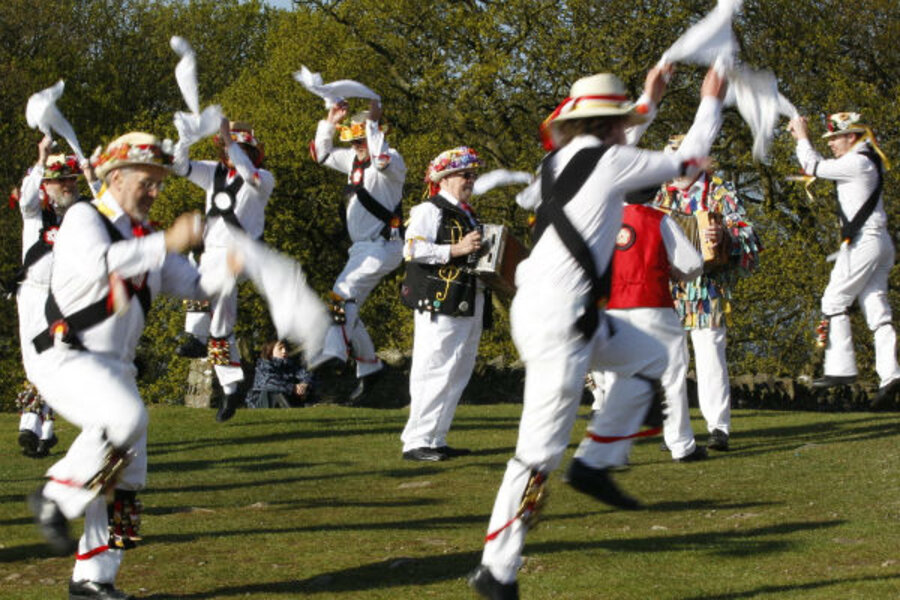May Day traditions a good excuse to celebrate with family
Loading...
May Day, or Beltane, comes at the exact mid-point of Spring and, as such, calls for celebration. The first maypoles were pine trees, which were carried in processions to Ancient Roman temples to honor the goddess Flora. In Pagan Medieval Europe — especially Germany, England, the Slavic countries and parts of Scandinavia — a tree would be cut down and brought from the woods into the village by a procession at sunrise, while horns and flutes played. The tree, a maypole, would be festooned with ribbons, garlands, flowers, wreaths, and other decorations to celebrate Beltane.
I’ve had the good fortune to take part in a few Maypole dances, with family and community groups. The tradition remains a special and delightful one that honors the season in a way that takes participants back to a more gentle and pastoral time.
You’ll need:
A tall tree branch or pole and something to anchor it. (Volleyball, tetherball, flag, umbrella and wooden poles work. 8-10 ft. is the optimal height.)
An even number of ribbons, at least one per dancer, in various colors, each 1½ times the length of the pole
Hammer and nails
Shovel, optional
Nail one end of each ribbon streamer to the top of the pole.
Anchor the pole into a pre-made umbrella or other stand, or dig a deep hole in the ground and make sure your pole is anchored properly in it.
Your maypole is ready for the dance.
The Roman Floralia festivals lasted up to a week and featured games, theatrical presentations, and floral-wreath adornments. During the early Floralias animals were set free and beans were scattered to encourage fertility. At different times in history, Floralias and May Day celebrations were bawdy affairs.
The holiday, which actually marked the first of summer for many years (with our current summer solstice being Midsummer), has always featured feasting and dancing, and often the crowning of a May Queen and King. In parts of England, and then in Puritanical America, leaders tried to do away with the Pagan holiday, but the charming, sweet aspects of the celebration have remained.
The maypole dance is beautiful and joyous, as the dancers weave ribbons weave in and out of each other’s steps systematically, until the ribbon-covered pole is left with a specific pattern. You may want to instruct dancers and have them practice in advance of the actual Maypole Dance.
You’ll need:
A decorated maypole
Dancers
Live or recorded music
Have participants each hold a ribbon around the pole.
Every other person should face clockwise, with the others facing counter-clockwise. (Have young children count off 1-2, 1-2 to determine which way to face.)
Dancers will alternate — first going in towards the pole, and under the ribbon of person coming towards them, then going out away from the pole, raising their ribbon over the person coming towards them. (To start, tell the 1s that they will go in and under and the 2s that they will go out and over.)
There is even a chant people may want to do:
In and out, in and out,
Weave the ribbons tight;
'Round the Maypole we will dance
To the left and to the right.
The dance is over when the pole is completely wrapped with ribbons.
Related: Are you a Helicopter Parent? Take our quiz to find out!
Happy May Day!
The Christian Science Monitor has assembled a diverse group of the best family and parenting bloggers out there. Our contributing and guest bloggers are not employed or directed by the Monitor, and the views expressed are the bloggers' own, as is responsibility for the content of their blogs. Susan Sachs Lipman blogs at Slow Family Online.








